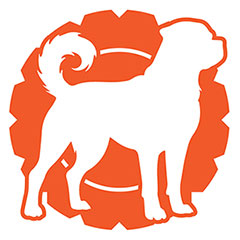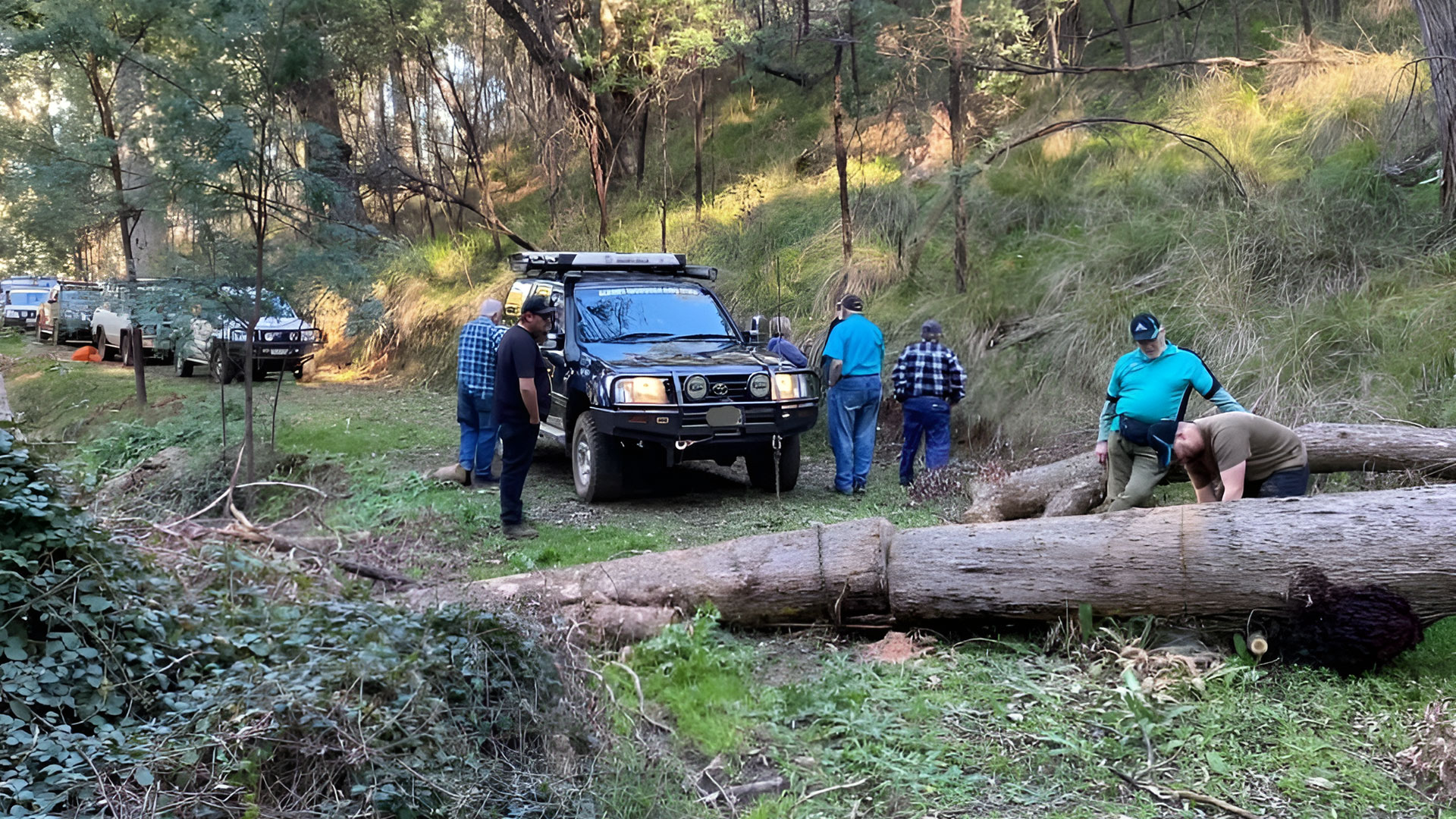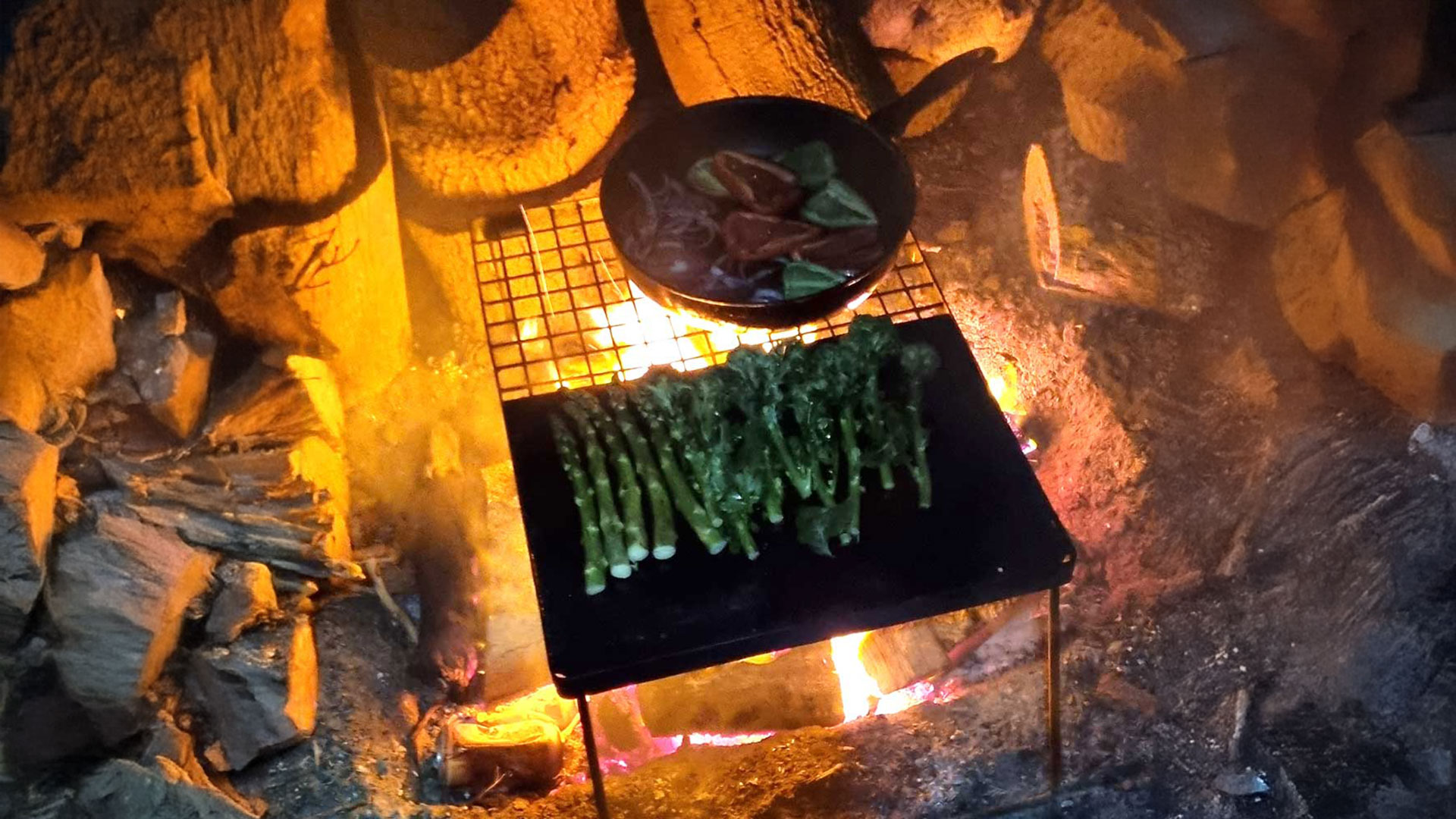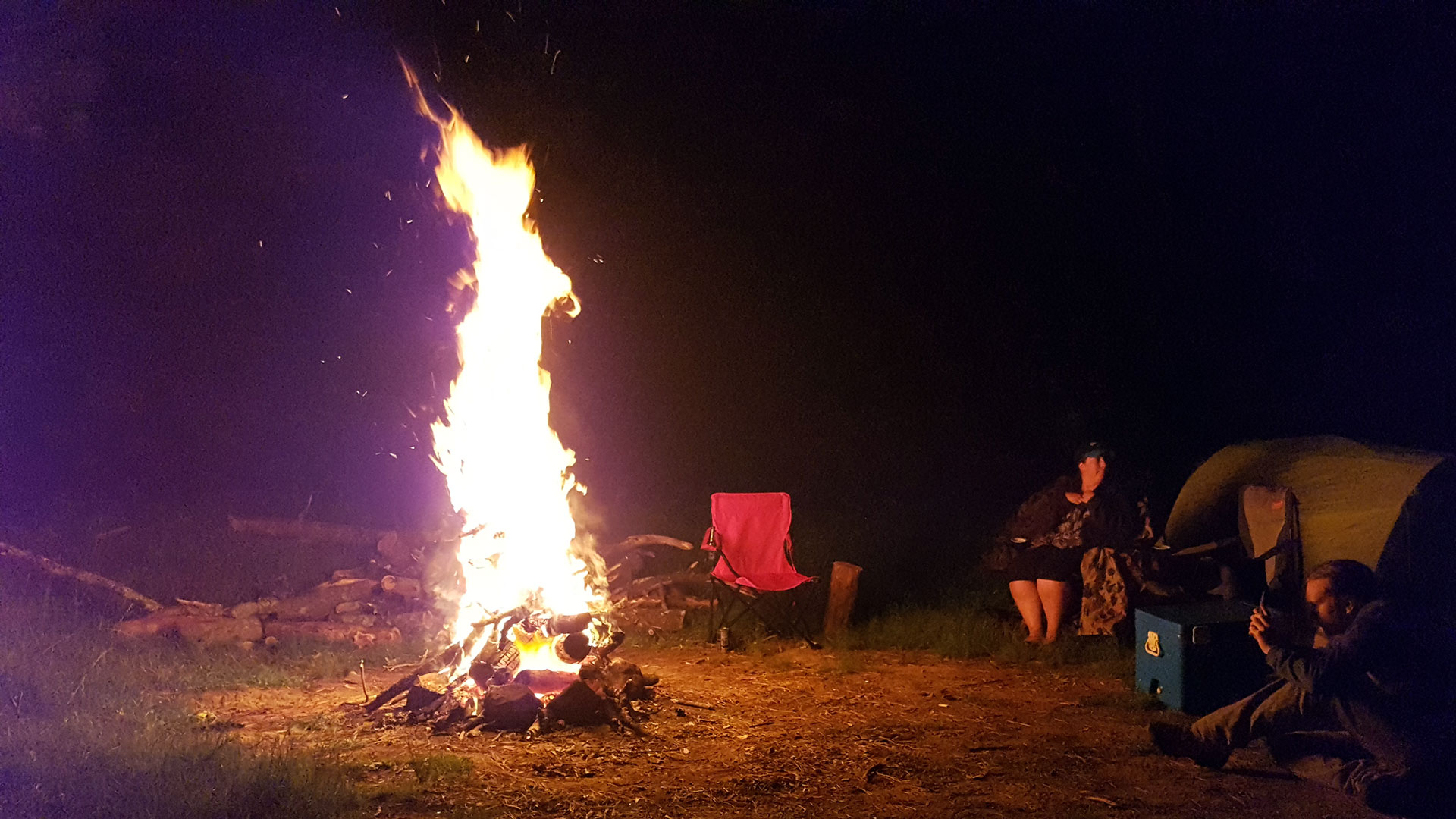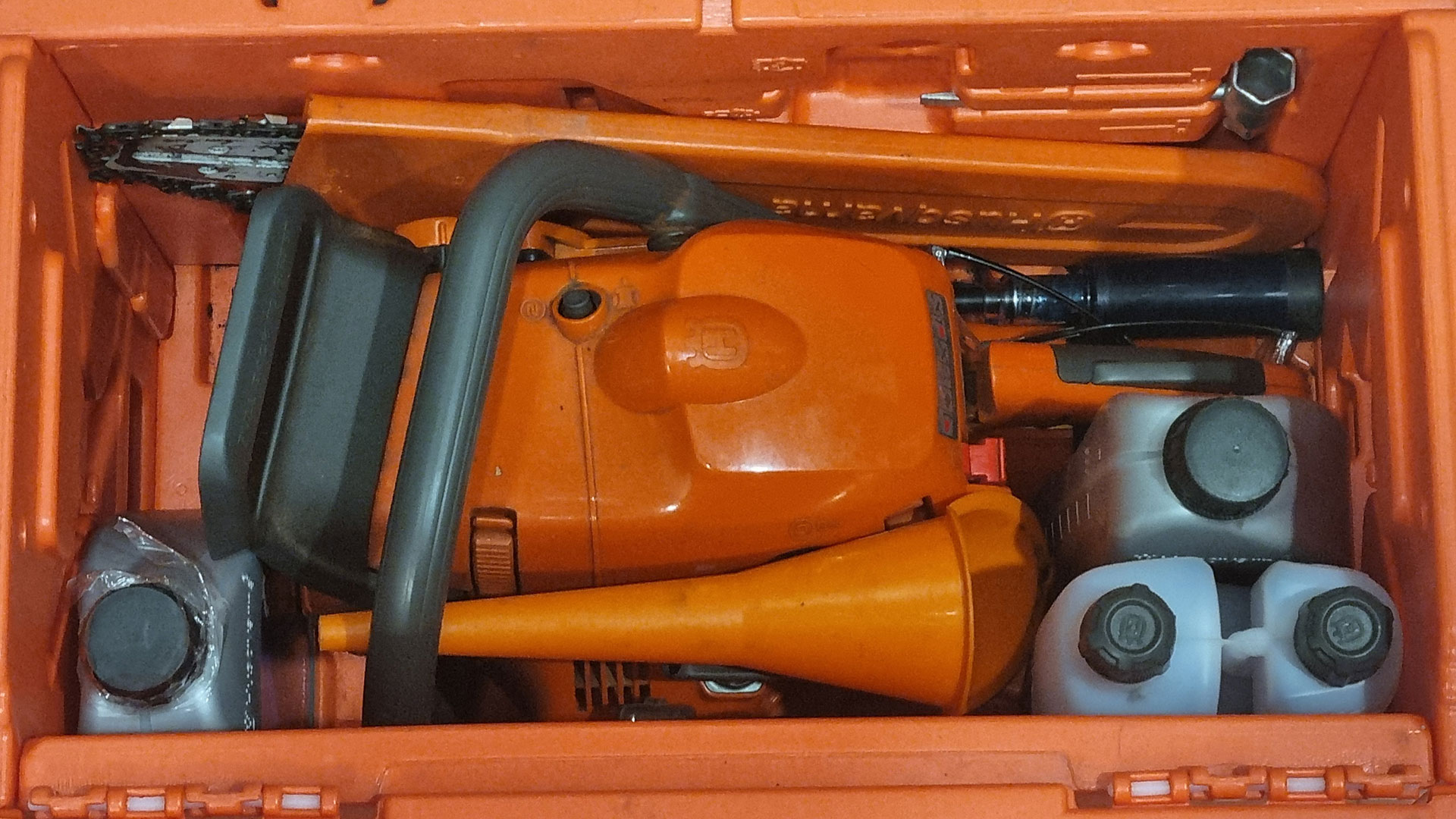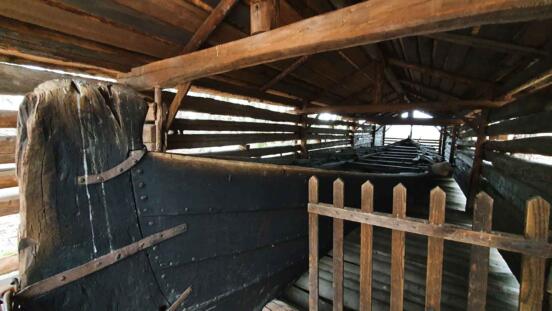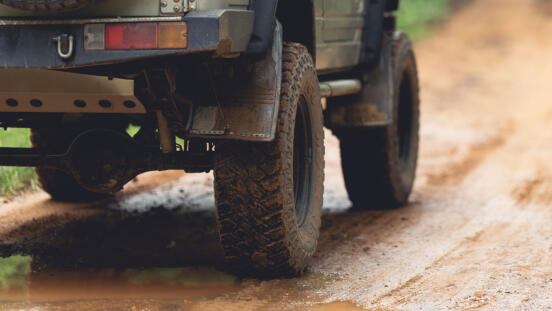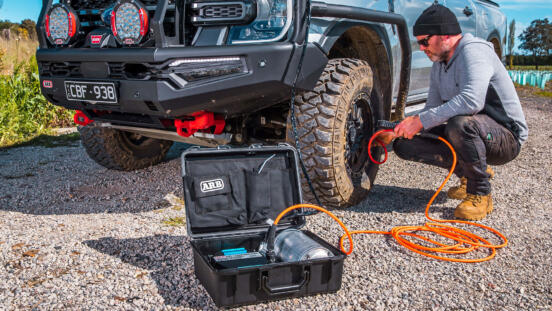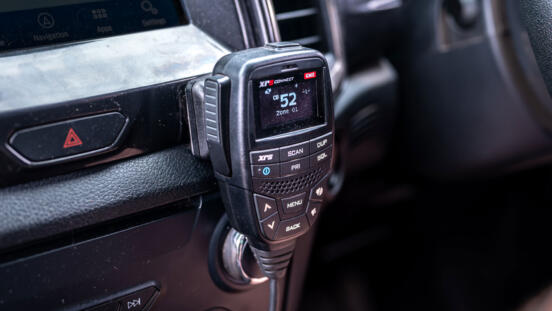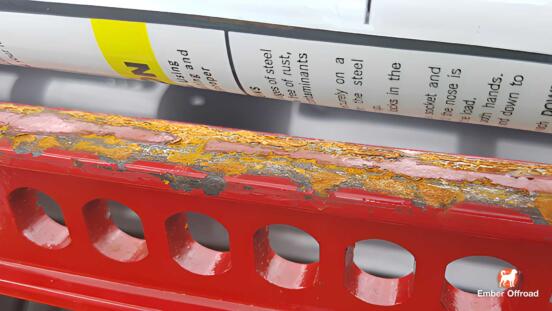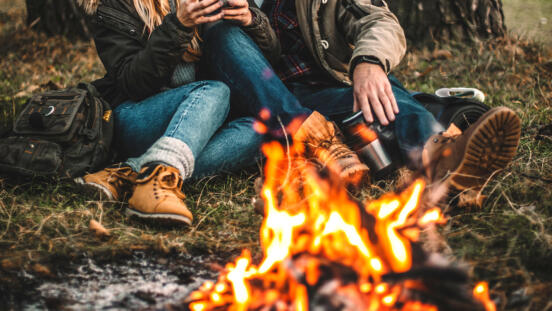Not necessarily the first thing you think of when putting together a four-wheel-driving kit, but a chainsaw can be an invaluable addition to your off-roading and camping.
At first glance it might seem like a cumbersome tool to add, taking up valuable space, but in practice, a chainsaw can save you space, time, and spare you some potentially huge headaches when traveling off-road.
Clearing fallen trees while off-roading
First and foremost on this list, is clearing fallen trees and obstacles. If you're off-roading in forested areas or mountain trails, at some point you're guaranteed to come across a fallen tree blocking your path.
Some might be small enough that you can crawl over them, and some might have an alternate path around them, but sooner or later you're going to be blocked by a trunk that there's just no getting around.
When you reach an impassable fallen trunk and have no way to clear it, you're stuck with the choice of not reaching your chosen destination, or finding a detour, and when traveling remote tracks this can sometimes mean hours of additional driving to reach the next path around.
What if you're far along on a narrow mountainside trail with no room to turn around; how much do you like the idea of reversing backward down the off-road trail for miles to reach somewhere you can?
Drag chains are sometimes pitched as an alternative for chainsaws, and for a fraction of the price, and while they absolutely have their uses, they're not a viable solution for all situations (though I do still recommend having one).
There will be fallen trees too large for you to drag, or with partially broken trunks that are still attached to the stump. You also need enough space to maneuver your vehicle, and somewhere out of the way to drag the log too.
Going back to the mountainside trail scenario above, it should go without saying you don't want to be dragging a heavy trunk in a scenario where it could fall down the cliffside, taking your vehicle and you with it.
A lot of campers do include an axe or saw in their kit, but these won't cut it when it comes to clearing a large tree. What could take hours of physical labor with a manual tool can be done in 15 minutes with an appropriate size chainsaw.
The ability to clear trails is reason enough to include a chainsaw in your kit, but there are other benefits too.
Image credit: Albury Wodonga 4WD Club
Collecting firewood around camp (for free!)
Buying firewood gets expensive if you're camping regularly, plus you have to haul it with you from home to your destination. If camping in, or traveling through forest or woodland areas, there is always dead wood somewhere nearby.
Even if it means a short drive to find a dead trunk, and either dragging it back to camp or cutting it up on the spot to bring back pieces, this is much easier done after unloading your gear at camp and taking your now empty vehicle to collect wood. You can bring back far more wood from a quick whip around the area than you could possibly bring from home.
A chainsaw also lets you process a much greater variety of wood. Anything you buy from a petrol station or shopping center on your way to the trip has to be manageable by hand, so will always be modest size bags of kindling-type material, or small logs at best. Plus, how many bags can you realistically carry in your 4WD or on your roof rack?
With a chainsaw at your disposal, you can cut anything required from small starter branches, to mid-size logs, to thick trunks that will burn all night.
PSA: Don't cut down live trees. One, they don't burn well. And two, don't be a d**k.
Trail and campsite maintenance
All of the above contributes to trail and campsite maintenance, which is good for everyone. If you're months between visiting a particular site, there will regularly be newly fallen branches enroute, or around camp. Clearing these allows space for vehicles, tents, and swags, as well as removing potential trip or injury hazards.
All while providing firewood you didn't have to lug into the wilderness all the way from home.
If you've found a favorite camp spot you visit regularly, a chainsaw also allows you to create more permanent fixtures, like seating areas, or log benches, making the spot better for your next trip.
Campfires and cooking
Adding a chainsaw and simple hotplate to your kit can eliminate the need for a whole range of other cooking equipment. No need to pack portable stoves, no need to buy butane bottles. A campfire also provides far more versatility than portable stoves which are limited to smaller frying pans etc.
And when dinner is done, you have a fire to keep you warm for the night.
Ambiance
Practical benefits aside, we all love sitting around a campfire at night.
Chainsaw tips
Which chainsaw you should get is a topic all of its own, but here are a few tips to keep in mind to get you started, and keep you running.
Which chainsaw to get
Chainsaws come in a variety of engine sizes and bar lengths. The longer the bar, the thicker the wood it can cut, but also the more powerful a chainsaw you will need.
For the past several years I have been using a Husqvarna 440 e-series; a 2.4 HP chainsaw that comes with a 16" or 18" bar. In my experience, a saw around this size is about on the money for camping.
On a side note, I went for the 16" to be more compact, which fits entirely into my chainsaw hard case (below) without the need to have the bar mounted externally, as is typical. This compromise in bar length was worth it for the space-saving for me.
Going much smaller than this, in terms of both engine capacity and bar length, you'll find cutting slower, and you'll have to make multiple wedge cuts to get through larger trunks that you otherwise could have done in one sweep with a longer bar. The extra cuts required when doing wedges will also mean faster chain wear, and require more frequent sharpening/maintenance.
Going with a larger engine and longer bar will make larger cutting jobs faster and easier, but you're looking at a more expensive saw, which also occupies more space.
Ultimately the right saw for you will depend on your available space, and how much cutting you'll be doing, but looking at something around the 2.4HP / 18" bar range is a good starting point.
Operation and safety
Accidents resulting from incorrectly using a chainsaw can cause terrible injuries. Chainsaws do have a safety feature called a "chain brake" that can lock the chain from spinning, but only if the saw is being used correctly in a way that will trigger it. If you're in any way unsure about how you should be using your saw or its features, speak with a professional at your local store. Eye protection, gloves, and hearing protection should also always be worn in all cases.
Maintenance
Chainsaws require maintenance for continued, safe operation. Bar oil, sprocket grease, degreaser for cleaning, and a sharpening file should all be part of your kit. You can't just "fuel and forget it".
A well-maintained chain will produce course wood chips, and pull itself into the wood without the operator needing to apply significant pressure. As a chain blunts, it will transition from producing clean chips to something more like saw-dust or wood pulp, and require force to move through the wood; this is messy and tiring, and just makes everything harder.
An unlubricated chain will cut slower, create excess heat, and finally seize. This can be a real chore to fix and could take your saw out of action for your trip. You will also prematurely wear and destroy your bar and chain after too many repeats of this.
A good rule of thumb is after every tank of fuel, give everything a clean, and give your chain a touch-up with the sharpener. In the long run, this will save you a lot of time and grief.
Happy camping
# Chainsaw for camping, chainsaw for 4WD and off-roading.
